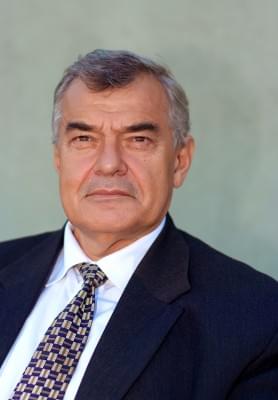Raw materials are becoming more expensive, prices remain moderate

Bajai Ernő
Anuga attracted 150,000 professional visitors from 180 countries from 8 until 12 October in Cologne, who had a chance to see the stands of 6,600 exhibitors – including 38 Hungarian companies. This year’s special guest was Italy: they came with 1,057 companies and organisations. China was also well-represented with 407 exhibitors. The event’s motto was ‘Global challenges, local solutions – strategies for our future’. From the retailer side Edeka president-CEO Markus Mosa gave a presentation, while manufacturers’ perspective was introduced by Nestlé president-CEO Paul Bulcke. The former touched upon the problems of increasing raw material prices, fragile national economies and the shift in focal points and structures. The latter emphasised that it is favourable for global trade and industry that the middle class population of developing countries is about to double in the foreseeable future. There were 60 accompanying events at Anuga and the increase in raw material prices was frequently dealt with at these fora. Natural disasters decrease the yield in certain parts of the world and the boom in biofuels also drives prices up. Attilio Zanetti, president of the European Dairy Association told at one of the sectoral fora that from a dairy perspective the European Union can be optimistic and global demand for food products is growing, so the EU’s task now is to take steps for the EU-level management of the market. Michael Gerling, managing director of EHI Retail Institute was of the opinion that prices are ‘key factors’: competition is becoming fiercer because of increasing raw material prices, and despite higher production costs prices usually remain moderate. In the categories where competition is not so strong prices will probably increase more, hand in hand with growing raw material prices. In extreme cases it could happen that the prices of certain products will be set by state authorities.







